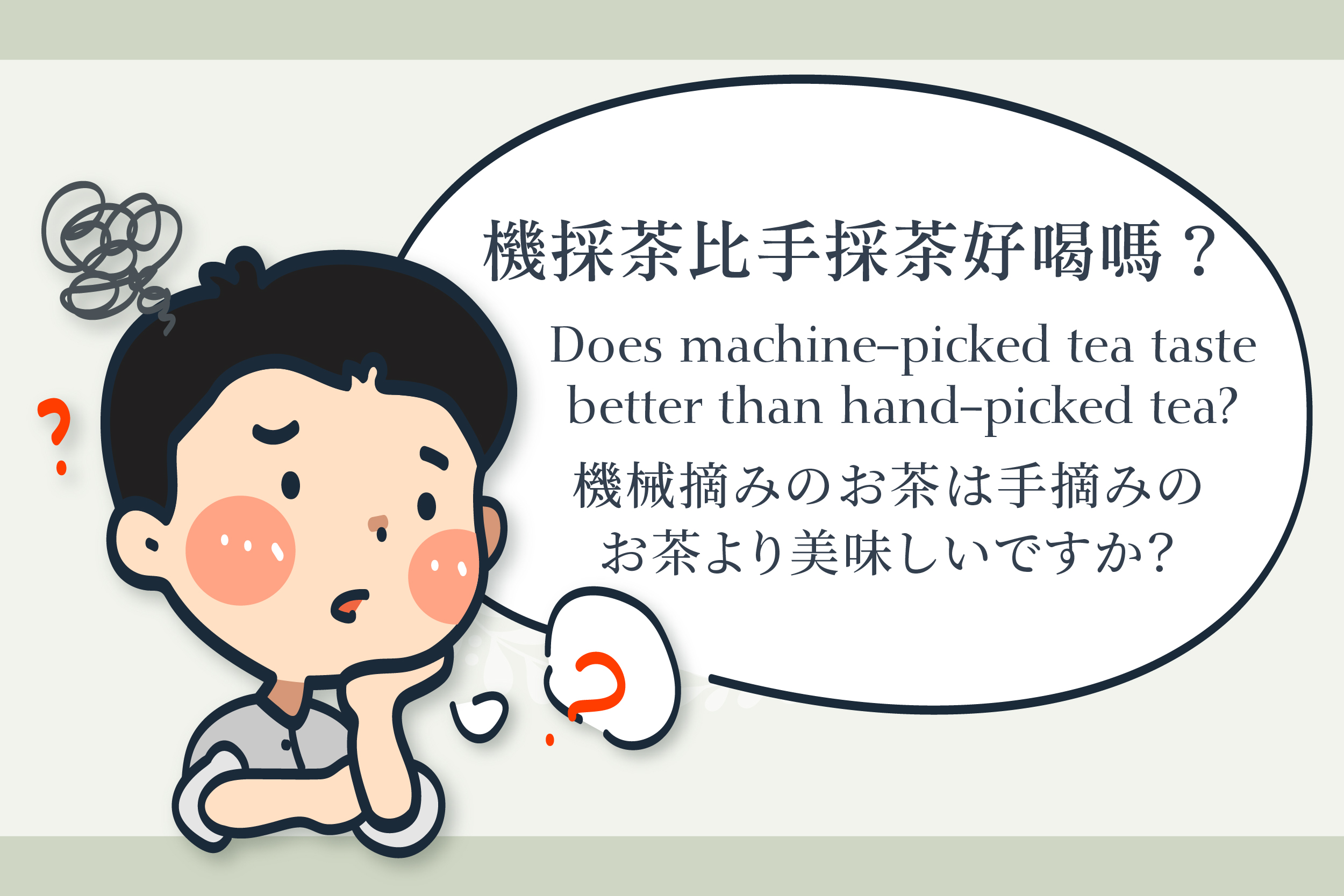Hello everyone,
I'm Andy, a tea enthusiast from Yoshantea.
"Labor shortage" is becoming an increasingly severe issue, and the tea production industry is no exception. Nowadays, tea farmers often find themselves competing for tea pickers, and even in rainy weather, tea leaves must be harvested to avoid facing a shortage of workers.
Therefore, the use of mechanical methods for harvesting tea leaves, known as machine harvesting or machine-cutting tea, is emerging as a future trend.
Let's delve into the details of "machine harvesting" and understand its differences from traditional hand-picking.
1. What is "machine harvesting" or "machine-cutting tea," and how does it affect tea plants?
Machine harvesting involves using machines and saws for tea leaf collection. There are various types of harvesting machines, such as single-person, two-person, ride-on, and unmanned machines. When machines are used for harvesting, it results in more wounds on the tea plants. Proper care and recovery time are essential for the tea plants post-harvest. Frequent machine harvesting can potentially impact the lifespan of tea plants.
2. How can machine-harvested tea be delicious?
Hand-picked tea is often considered more flavorful due to the intact tea leaves, while machine-harvested tea can result in more broken leaves, leading to a potentially bitter taste. However, there are ways to produce delicious machine-harvested tea:
- Neat pruning of tea plants: Promotes uniform growth of tea buds, preventing damage to shorter buds during harvesting.
- Harvesting during noon: Higher temperatures at noon reduce leaf moisture, favoring the production of high-quality oolong tea.
- High-tech tea processing equipment: Utilizing color sorting machines to remove low-quality leaves, such as old or broken leaves.
By combining these methods, the quality of machine-harvested tea can be improved, resulting in a more delightful tea experience.
3. Differences between machine-harvested and hand-picked tea:
| Harvesting Method | Speed | Harvesting Cost | Foreign Matter | Flavor |
| Machine-harvested | 400kg of fresh tea leaves per hour for every four individuals | Low | More | Uncertain |
| Hand-picked | 5kg of fresh tea leaves per hour per person | High | Fewer | Uncertain |
Traditionally, hand-picked tea is considered superior, but in the current labor shortage scenario, the quality of hand-picked leaves may suffer. This is often due to the payment structure for tea pickers, where more tea picked results in higher wages, incentivizing the uprooting of entire tea plants. Daily wages of NT$6,000 (USD 200) for tea picking are becoming the norm.
In conclusion, the introduction of mechanization is not inherently negative. It significantly improves efficiency and enhances food safety. The key to producing good tea lies in the human factor, our unique sensory evaluation. The ability to transform different tea materials into high-quality tea leaves, coupled with "controlled costs," is the hallmark of excellent tea.
That's it for today. See you next time!
Andy
#yoshantea #taiwantea #dongdingtea #oolongtea #teafacotry #FSSC22000 #safetea # machineharvestedtea # machinecuttingtea #handpickedtea




